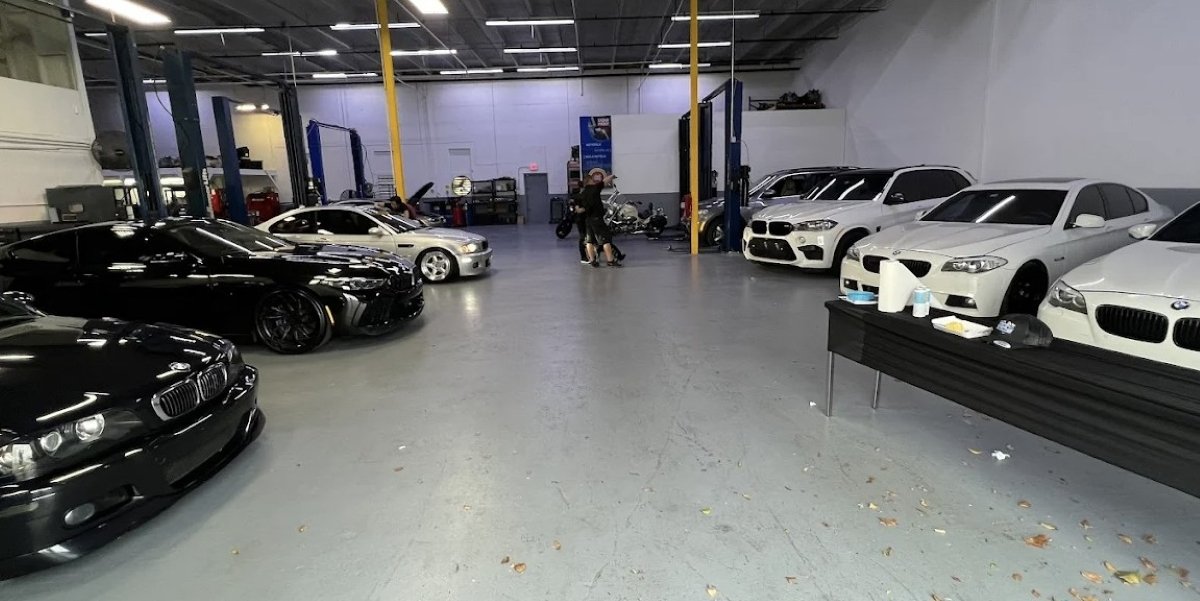Rhinoplasty, commonly known as a nose job, is a surgical procedure aimed at enhancing the appearance and function of the nose. While plastic surgery encompasses a range of complex procedures, rhinoplasty stands out as one of the most challenging surgeries. Here, we delve into the reasons why rhinoplasty is so complex and why it requires a highly-skilled, experienced, and motivated surgeon to achieve successful outcomes.
The complexity of rhinoplasty begins well before any surgery can be done and centers around finding the ideal nasal appearance for each individual patient. This goes beyond simply choosing the shapes and dimensions that will fit the patient’s desires and aesthetics, it also requires understanding of how those shapes will influence the final overall appearance of the nose and face. The patient’s unique features, culture, ethnicity, and even height are important to consider in this process as well. With an attentive ear, an aesthetic eye, and adequate experience a surgeon must integrate all these factors in order to help the patient find the ideal result that will satisfy their requests and also look good on their face.
Adding to the complexity of finding the ideal nasal appearance, the surgeon must also be aware of certain illusions and pitfalls that can skew this process. For example, a drooped tip might not actually be truly “drooped” and just appear this way due to retracted nostrils and/or a prominent bridge. In a case like this, elevating the tip will certainly lift the tip further up, but the end result will be very unfavorable and unnatural in appearance overall. Situations like this are something that experienced and attentive surgeons are able to avoid through awareness and consideration of the nose in a 3-dimensional nature.

The next challenge is understanding the true anatomy that is responsible for the appearance of each individual nose. Cartilages, nasal bones, and skin thickness can vary significantly, and two noses that appear similar may in fact have very different underlying structures. For example, a bulbous tip may be from cartilages that are too wide, too convex, too far apart, malpositioned, or a combination of issues. Surgeons must comprehend the underlying factors contributing to the appearance of a particular nose as this will dictate the techniques necessary to obtain optimal results.
The variability and difficulty of the surgical techniques themselves are the final challenges that contribute to the overall complexity of rhinoplasty. At this point, the surgeon has a clear vision of the aesthetic goals, understands the patient’s unique anatomy, and knows how that specific anatomy needs to be changed to obtain the desired results. They must now decide which combination of techniques will be best to accomplish those specific changes, while also being aware and avoiding steps that will result in unwanted changes to the surrounding structures. To add another sub-layer of complexity, the techniques themselves can be performed with variability and differing levels of proficiency.
During the surgery, the surgeon may find the anatomy to be different than what they expected, or encounter other variables that can impact the results. They must then be able to pivot and change up their techniques as they progress through the procedure. A qualified and experienced surgeon has a familiarity with many different techniques and is able to make these changes on the fly. It also takes a motivated surgeon to take the time and effort to change their surgical plan, and when needed, redo certain steps in order to get a better result.

Beyond aesthetics, the patient’s nose serves a functional purpose as well and this must be considered when changing its structure. Surgeons must be aware of how changes in appearance might affect airflow and breathing. For instance, modifying the bridge of the nose without adequate support or cutting away too much cartilage may lead to a condition called nasal valve collapse, causing breathing difficulties. Achieving the right balance between aesthetics and function requires surgical expertise and a meticulous approach.
All plastic surgery procedures are of course tailored to the individual patient, and every surgery is a performance with a very precisely executed set of steps that must be adjusted to achieve the best results. However, rhinoplasty adds several layers of variability, and the steps themselves can be very different from one patient to the next. This makes rhinoplasty more akin to a unique puzzle that the surgeon must solve for each and every nose.
If rhinoplasty is performed in a similar “generic” fashion, with the same sequence of steps, and without consideration of all these factors, the results may be very unfavorable and potentially even botched. The few cases that turn out well from this type of approach will likely look very similar and lack individuality.
Ultimately, rhinoplasty represents a complex and intricate surgical procedure that demands careful consideration of many factors. From shaping the nose to understanding the unique nasal anatomy of each patient, surgeons face numerous challenges during rhinoplasty. However, the point of this article is not to discourage patients away from rhinoplasty but rather to provide them with the information needed to get the best possible results. By understanding the true nature and complexity of rhinoplasty, patients can make more informed decisions, and hopefully achieve the results they have always dreamed of.







